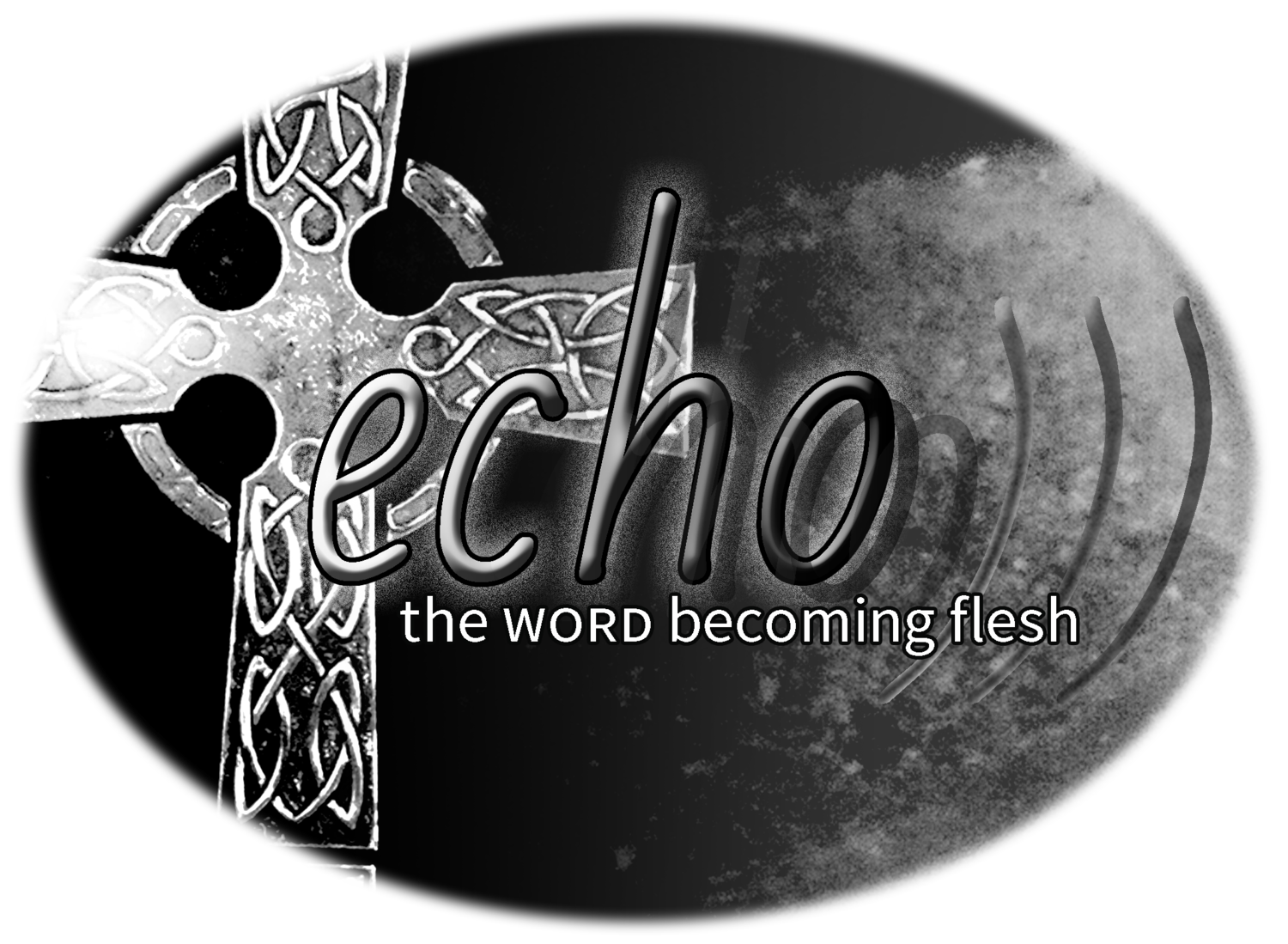Honest Faith: Moving from Certainty to Trust
September 22, 2024
Hebrews 11:1, James 2:14-26
Faith is the reality of what we hope for, the proof of what we don’t see. The elders in the past were approved because they showed faith. By faith we understand that the universe has been created by a word from God so that the visible came into existence from the invisible.
Hebrews 11:1-3
My brothers and sisters, what good is it if people say they have faith but do nothing to show it? Claiming to have faith can’t save anyone, can it? Imagine a brother or sister who is naked and never has enough food to eat. What if one of you said, “Go in peace! Stay warm! Have a nice meal!”? What good is it if you don’t actually give them what their body needs? In the same way, faith is dead when it doesn’t result in faithful activity.
James 2:14-17
_______________
“When the brilliant ethicist John Kavanaugh went to work for three months at ‘the house of the dying’ in Calcutta, he was seeking a clear answer as to how best to spend the rest of his life. On the first morning there he met Mother Teresa. She asked, ‘And what can I do for you?’ Kavanaugh asked her to pray for him.
‘What do you want me to pray for?’ she asked. He voiced the request that he had borne thousands of miles from the United States: ‘Pray that I have clarity.’
She said firmly, ‘No, I will not do that.’ When he asked her why, she said, ‘Clarity is the last thing you are clinging to and must let go of.’ When Kavanaugh commented that she always seemed to have the clarity he longed for, she laughed and said, ‘I have never had clarity; what I have always had is trust. So I will pray that you trust God.’”
~ excerpt from Ruthless Trust, Brennan Manning
For far too many Christians, faith is simply a matter of believing that Jesus is the Son of God and that he died to forgive our sins so that we can go to heaven when we die. Salvation is a simple transaction, his life in exchange for ours.
Scripture knows nothing of this transactional faith. There is nothing about believing a particular theological truth to get some eternal reward in return. Rather, faith in scripture always results in faithful action, in some sort of movement, or as Kierkegaard scholar Aaron Simmons puts it, “Faith is Risk with Direction.”
In some ways, Kierkegaard’s Denmark was similar to today’s American South in that so many people simply assume they are Christian by virtue of being born into a Christian home or a Christian culture. He was convinced, however, that such certainty on the sole basis of where we were born had no resemblance to the kind of faith Jesus asked of the discipled when he said, “Drop your nets. Come, follow me.”
Honest faith moves us to action. It does not give us certainty, but rather hope in possibilities we cannot yet see or know. Faith always requires risk. Are we willing to trust when the path is uncertain; to risk everything to truly follow Christ for the sake of love?



